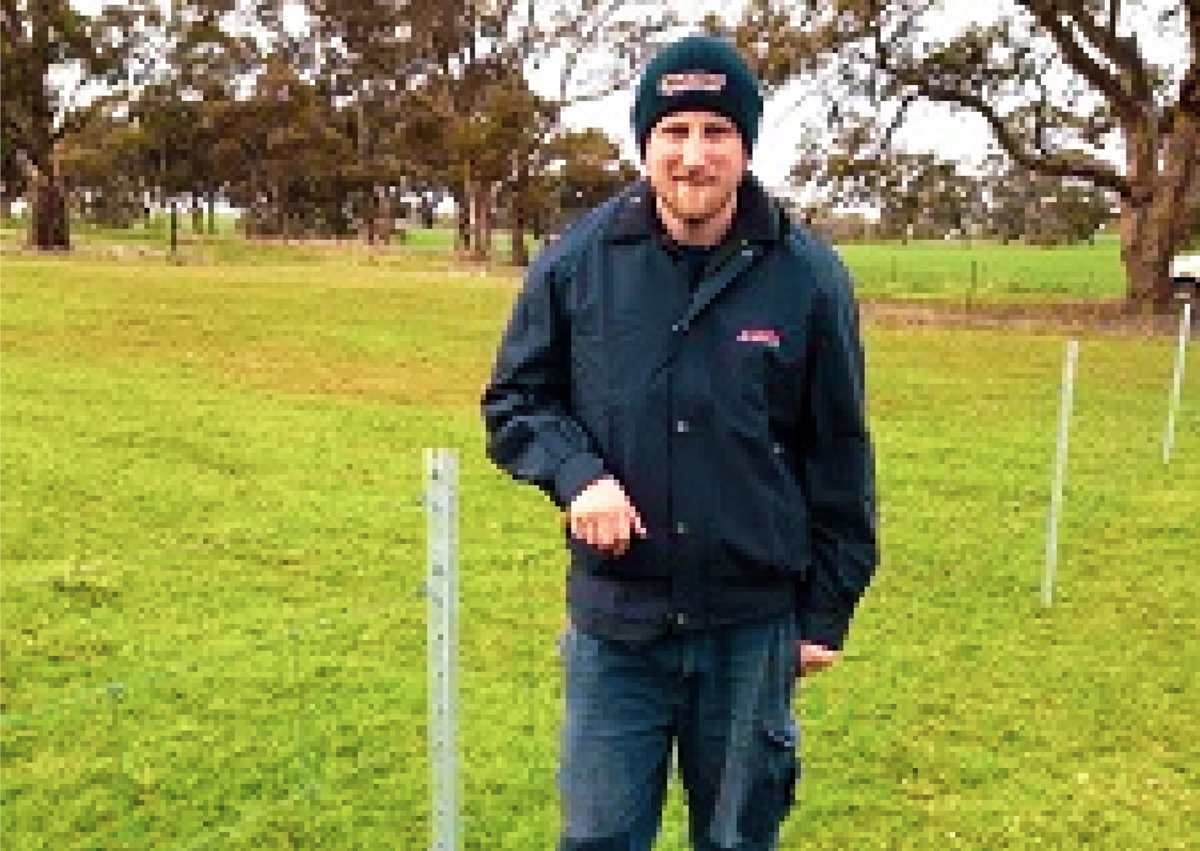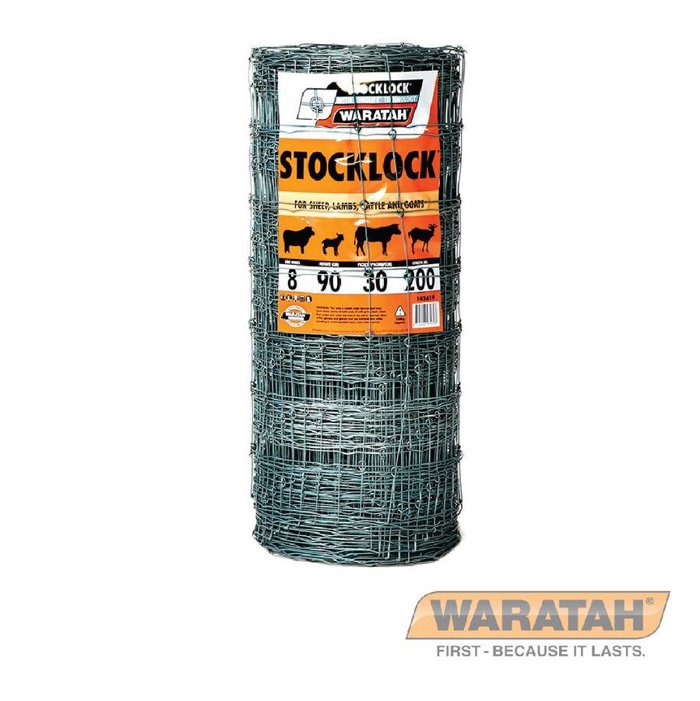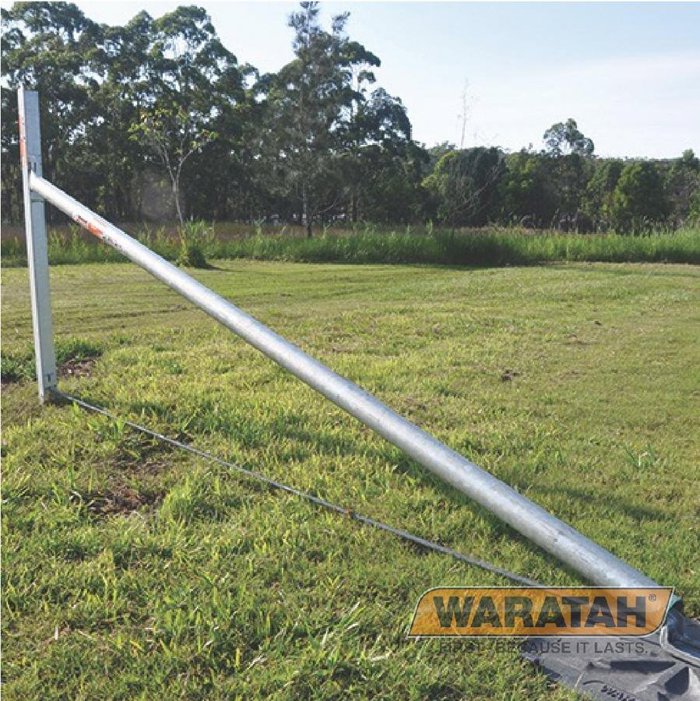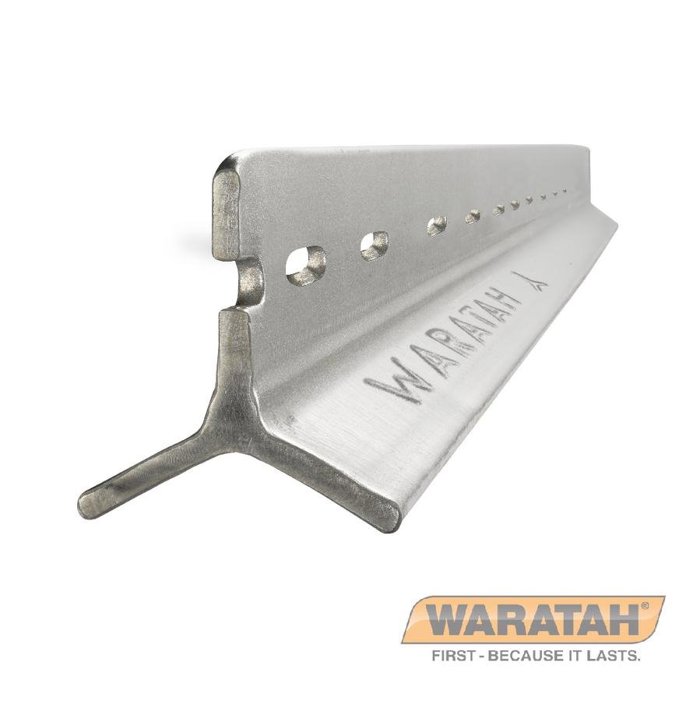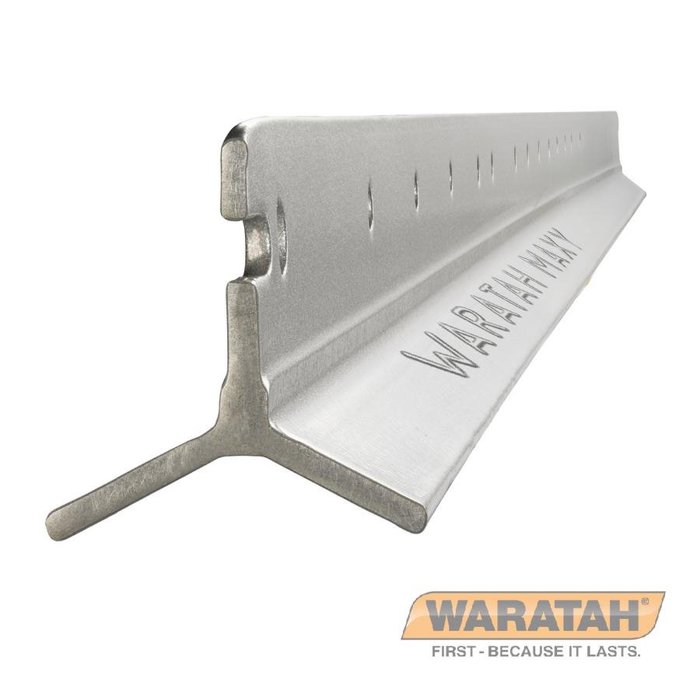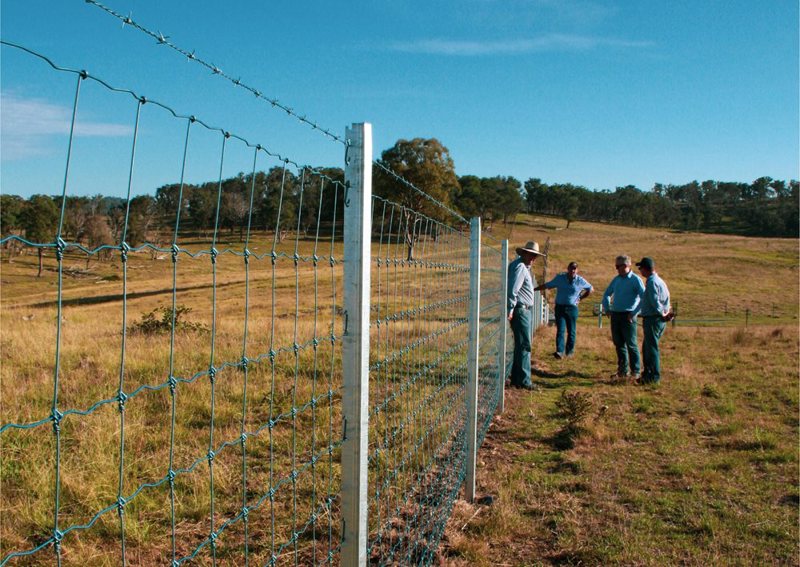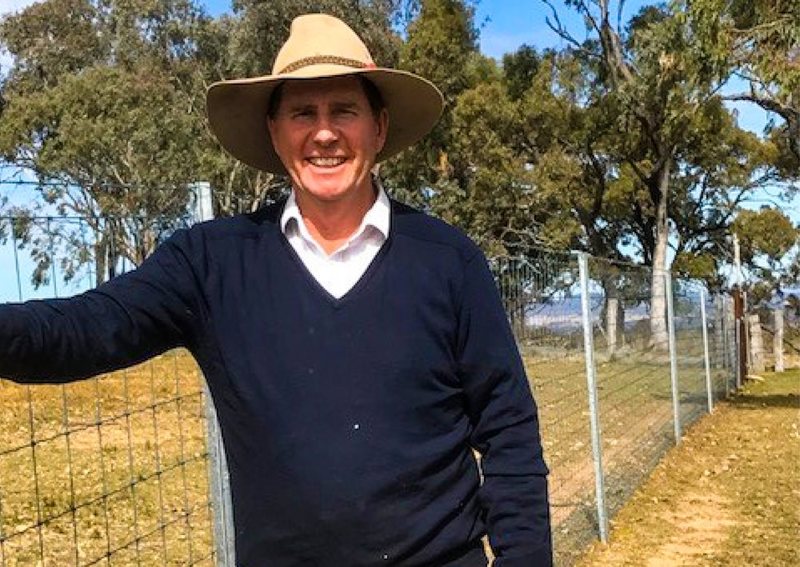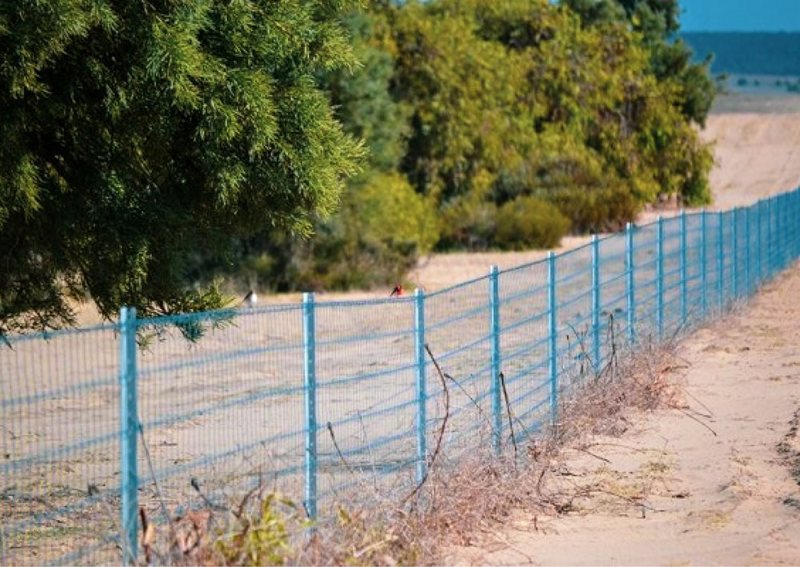Bio-Security Focus for Fences
The Problem
In 2011, the Johnson family bought a 2,000-hectare mixed farming property at Mintaro near Clare in South Australia. They had a disease-free status on their sheep, however surrounding areas did not have the same status. Stock movements were largely carried out along the roads bordering the property. To ensure their livestock stayed disease-free, biosecurity became high on their list of priorities.
Son-in-law, Travis Cooper said “The property used to run cattle, but we’ve switched to sheep and the plain wire fencing just wasn’t up to the job of keeping them off the roads and away from the river – especially when you breed 2,500 lambs a year,”.
“We have MM3 status for Ovine Johne’s Disease, and are very conscious that there’s footrot in the area, so we’re just as keen to keep other sheep out as we are to stop ours getting into the neighbour’s paddocks”.
The Solution
Mr Cooper is helping the family replace all the boundaries with prefabricated fencing, construct laneways throughout the property, and split some of the larger paddocks into smaller ones for more efficient grazing.
The boundary fences and laneways have been constructed using a combination of Waratah’s Jio® and Galstar® MaxY® posts, this duo ensures the fence has enough strength to withstand higher impact loads. The flexibility of the post is more resistant to fracturing under stress and will not deform from significant force.
To establish a strong foundation, Adjust-stay® end assemblies were used. The wire fitted was Stocklock® 7-90-30 prefabricated fencing, this range is designed to resist high stock pressures and can cover most grazier requirements, from secure boundary fencing to sub-divisions into cell paddocks or laneway systems.
“A traditional end assembly takes half a day to construct, by the time you build the box, whereas using the Adjusta-stay system meant ours took about ten minutes.” Mr Cooper said.
Advice For Farmers, From Farmers
“Before we started dividing up the paddocks, we found the sheep would spread out and heavily eat the grasses they liked and leave the rest, so the pastures ended up patchy.
“Keeping them to smaller areas and forcing them to eat the pasture more evenly, as well as being able to rest areas after they’ve been grazed, the paddocks look healthier.
“All that fencing will be expensive, but we’ve already noticed the lambs are growing out more quickly, so it will pay for itself over time." – Travis Cooper
